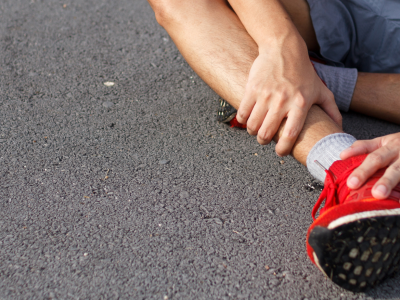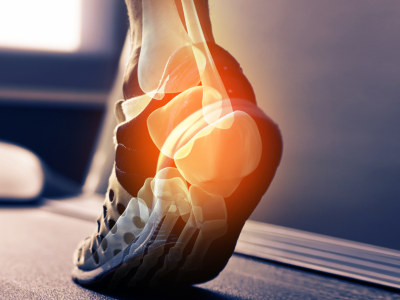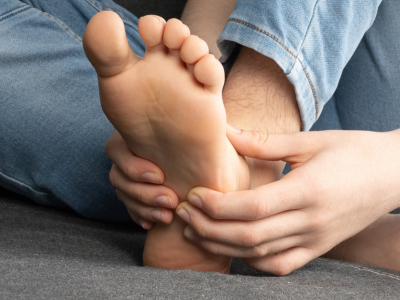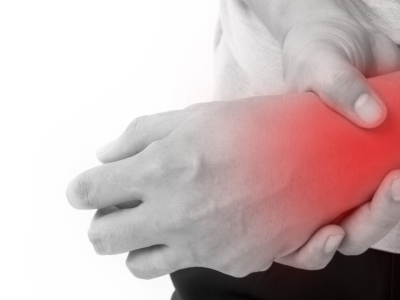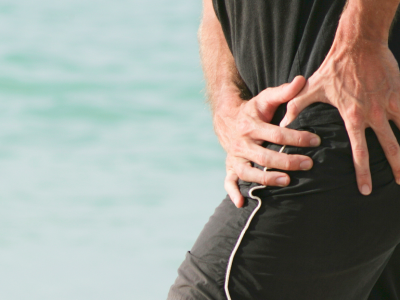A high ankle sprain can occur when you twist inwards while your foot is planted on the ground. The foot is typically pushed back and rotated outwards, putting excess pressure on the ligaments that the lower leg bones together. This force can cause the syndesmosis to tear resulting in a gapping of the two bones, which can lead to significant instability of the ankle. This can happen from every-day activities such as a fall, but most commonly while playing sports that involve running and jumping.

